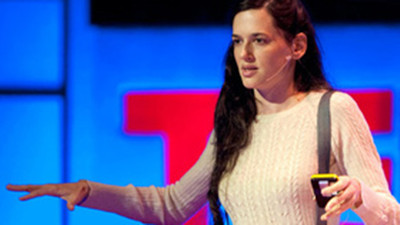Okay, so 90 percent of my photographic process is, in fact, not photographic.

Especially during these violent times,I personally believe that the magical spell cast upon guests who visit our theme parks is particularly important to protect and helps to provide them with an important fantasy they can escape to.











